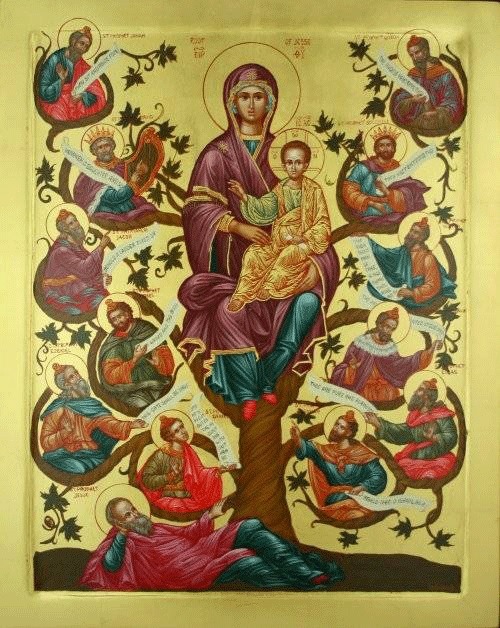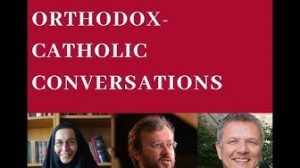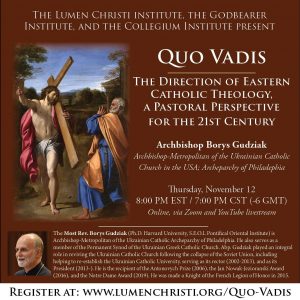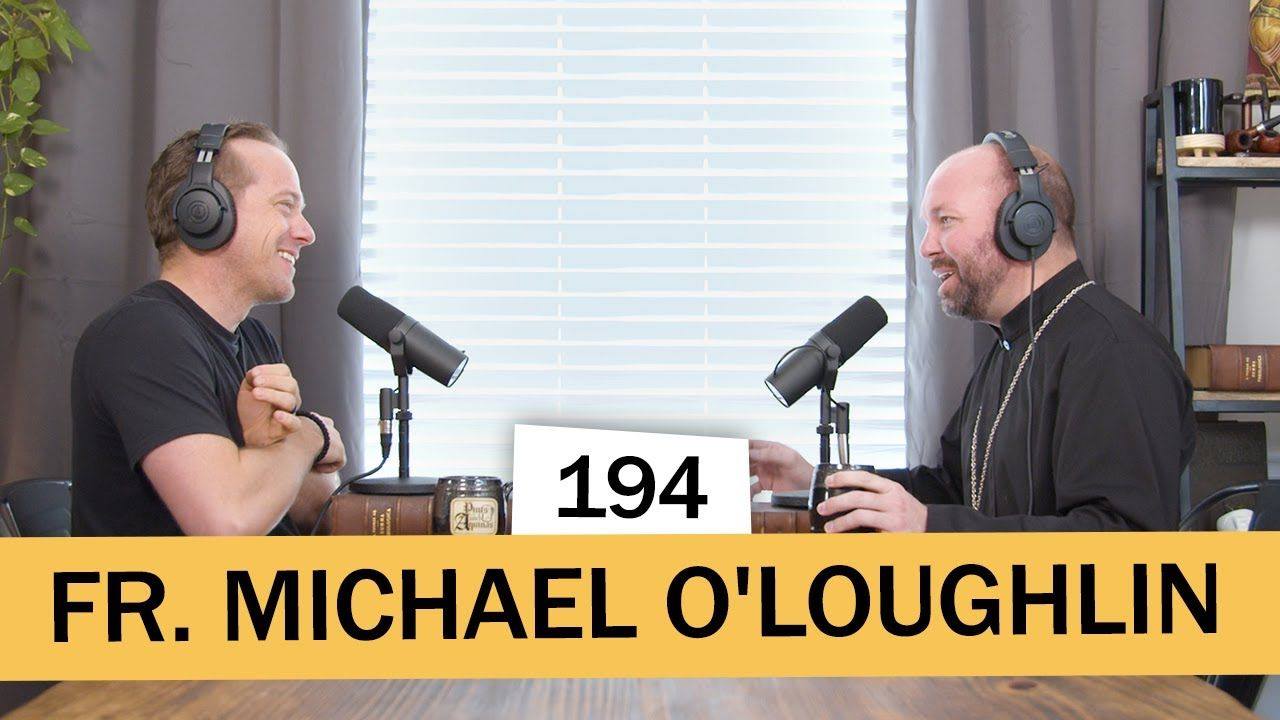 The Gospel this Sunday presents us with an abundance of names, all those who were the ancestors of Christ. By this we see that on this feast, the Son and Word of God becomes a part of the human family and a part of human history. In this Gospel Jesus is also given a name, the final verse tells us that the child will be known as Jesus – Savior. In verse 22, though, he is given the name “Immanuel,” “God with us.” This gives us the theological meaning of the feast, the incarnation signifies our deification.
The Gospel this Sunday presents us with an abundance of names, all those who were the ancestors of Christ. By this we see that on this feast, the Son and Word of God becomes a part of the human family and a part of human history. In this Gospel Jesus is also given a name, the final verse tells us that the child will be known as Jesus – Savior. In verse 22, though, he is given the name “Immanuel,” “God with us.” This gives us the theological meaning of the feast, the incarnation signifies our deification.
We all have names, but for the ancients, names had meanings, they did not simply give us an identification tag, but told us something of who we were. In that sense, we do not name ourselves, but we are given a name, we are all “called by name” by God, and so we enter into the ancestry of Jesus. The names are the forefathers of Jesus, but also the foremothers are mentioned: Tamar, who bore a son by trickery of Judah; Ruth, the grandmother of David, who left her people to follow Naomi; the unnamed wife of David, Bathsheba, who David married by arranging for the death of Uriah. We see, then, that even trough questionable and evil actions, as well as by faithfulness, Jesus becomes “the son given to us.” The greatest of the woman in his genealogy is, of course, Mary, his mother, who by her obedience cancelled the curse of Eve, and united God with humanity in her womb.
Today, we celebrate the Son of Abraham, according to the Law, and the Son of David, the everlasting King, to whom even David bowed, and even the Son of exile, for we are all citizens of the spiritual, not the earthly, Jerusalem. Today we must be named as a follower of Christ.
Meditation by Archpriest David Petras
#ByzantineCatholicNewHaven
#ByzantineCatholicCT
#ByzantineCT
 Here is a very interesting and important conversation among the Orthodox and Eastern Catholics. I’d also include in my descriptors is beautiful. This particular presentation is the first of the Huffington Ecumenical Institute online lecture series addressing issues, obstacles, and ways forward in Orthodox-Catholic relations.
Here is a very interesting and important conversation among the Orthodox and Eastern Catholics. I’d also include in my descriptors is beautiful. This particular presentation is the first of the Huffington Ecumenical Institute online lecture series addressing issues, obstacles, and ways forward in Orthodox-Catholic relations.
 New Episode from Matt Fradd! I talk with Byzantine priest and co-host of Catholic Stuff You Should Know, Fr. Michael O’Loughlin about the Eastern Catholicism, Eastern Orthodoxy, the Filioque, and much, much more.
New Episode from Matt Fradd! I talk with Byzantine priest and co-host of Catholic Stuff You Should Know, Fr. Michael O’Loughlin about the Eastern Catholicism, Eastern Orthodoxy, the Filioque, and much, much more.